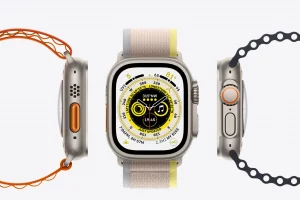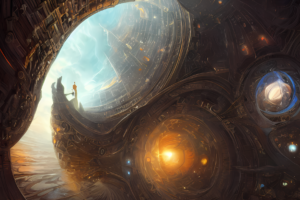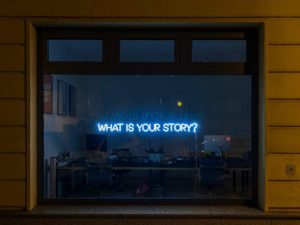
Watching the Apple keynote this week – and reading this – all highlighted the importance of starting with the product to drive differentiation. Everything Apple does is about difference – not just to others in the market but to what preceded it.
Prices then go up over time and are a result of innovation.
As Tim Cook said in his interview with BusinessWeek:
“We never had an objective to sell a low-cost phone,” says Cook. “Our primary objective is to sell a great phone and provide a great experience, and we figured out a way to do it at a lower cost.”
And critically, the product and pricing are optimised for a specific market – where the Apple ecosystem is most vital – America. As Ben demonstrates well:
The Apple ecosystem is of most value in the American markets first, the European markets next, and the Asian-style markets last … therefore, it’s very rational for Apple to optimise its pricing for the American-style markets, and the most logical price is $550/$99.
What Ben is getting at in all of this is a set of marketing fundamentals I see most marketers, miss:
- Price to product differentiation – not just relative to market but also prior product instantiations. Don’t price solely to category entry point or pricing dynamics.
- Pricing must exist in the context of broader market dynamics in most cases, but not all. There is little logic to the iPhone Pro pricing relative to other competing products. It is priced on its merits as a “luxury” device. Pro is always the misnomer in tech – it’s code for luxury.
- Pricing substitution isn’t necessary – each Apple product is priced relative to the market and its brand effect. iPhones don’t sell for less than they are worth in the hope you will buy iPods and other services. There is no “hope” in Apple’s strategy.
Start with: product (innovation & differentiation), position, price. Not with price, the product, then position.
Effectively Apple’s brand power is the point of leverage and “strategy” insurance. The massive investment in the Apple brand creates the halo that protects pricing power and ensures demand. But without effective product innovation, priced and packaged to the core target market, the brand wouldn’t make the difference up.
Stratechery is a great read and well worth paying for.







